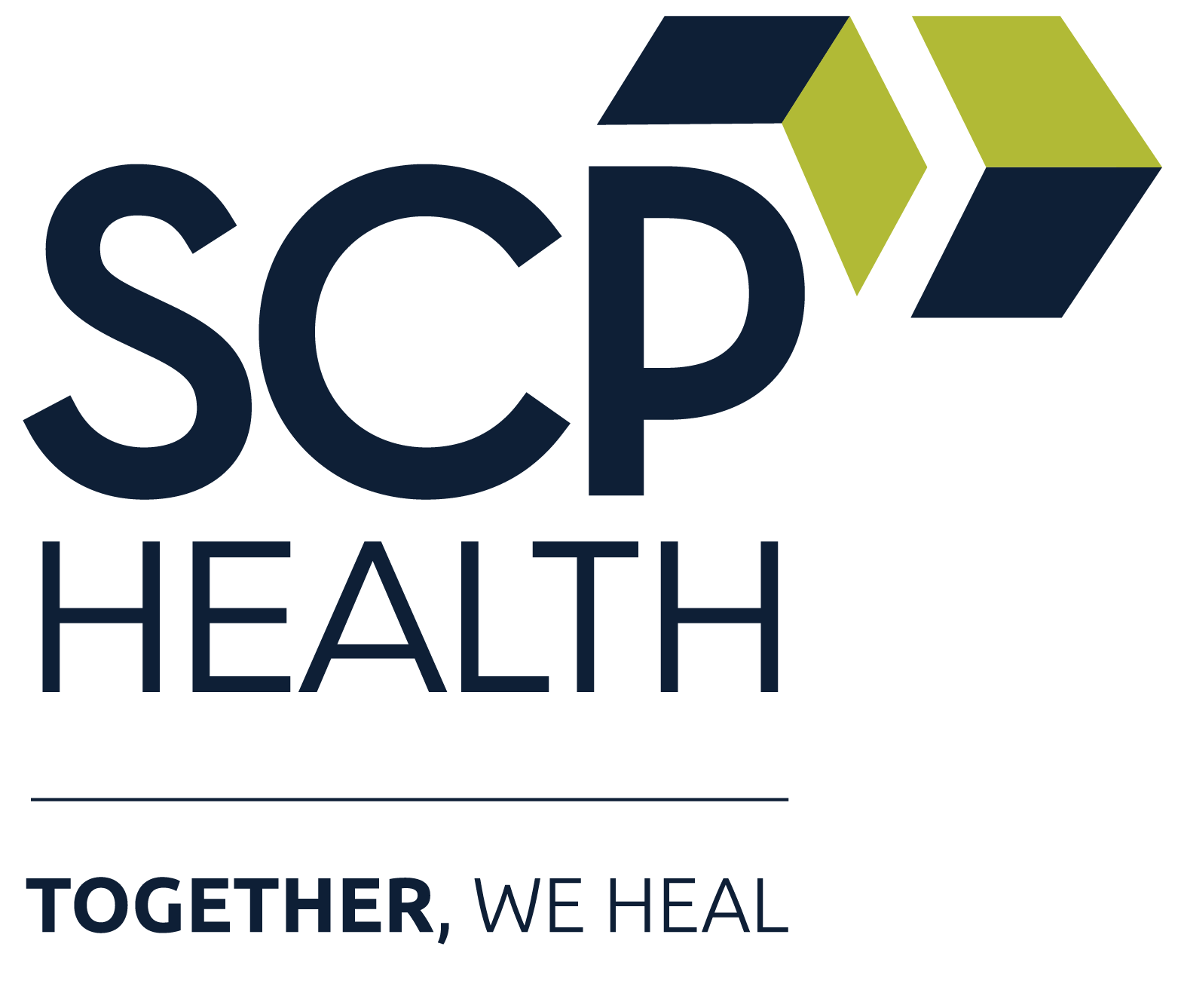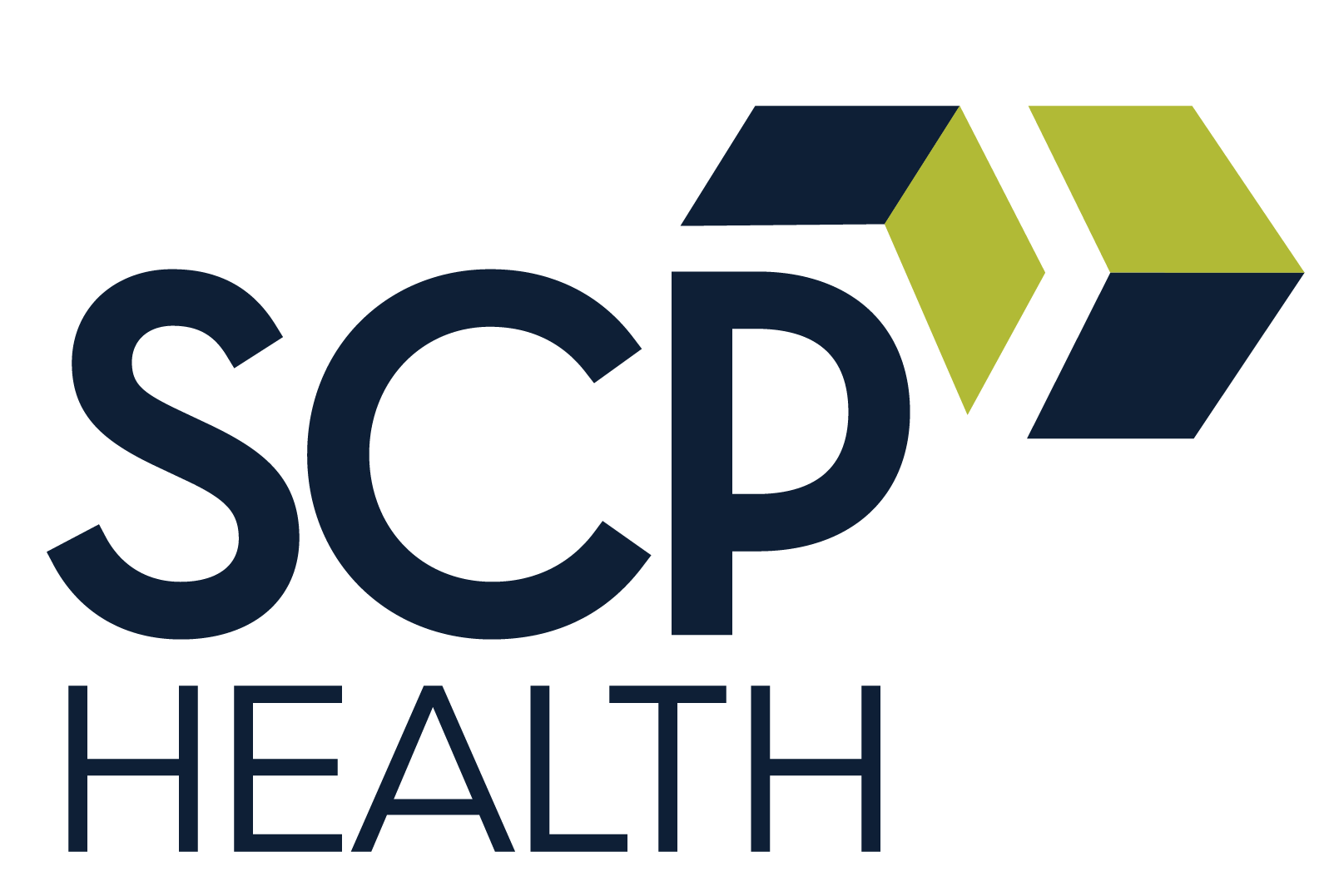By Seth Mollitt, Executive Vice President, Transformation
Virtual care exploded during the early days of the pandemic. Driven by a need to provide safe access to care, health systems, clinicians, payors, and patients rapidly changed practices and adopted new technology. As the pandemic began to ease and the world started to return to normal, there was open debate about whether virtual care use would reset to pre-pandemic patterns or continue to expand. Now, the evidence is clear: this is the era of hybrid care.
Hospital and health system financial sustainability
Hospitals saw significant financial improvements in 2025 with a median operating margin of 4.9%, according to Kaufman Hall’s latest National Hospital Flash Report¹. However, these findings don’t capture the full picture of hospital finances, as more than 700 rural hospitals remain at risk of closure¹. While it’s encouraging to see stability in some hospitals’ financial well-being, hospitals are not yet in a fully sustainable position. The financial pressures extend beyond margins, with total hospital expense rose 5.4% from 2023 to 2024².
State of the health care workforce
Outside of financial challenges, demand for health care services has surged even as the nation faces unprecedented workforce shortages. The National Center for Health Workforce Analysis projects an overall shortage of 187,130 physicians by 2037, with rural areas facing particularly acute challenges³.
Health workers are at increased risk for mental health challenges and choosing to leave the health care workforce early due to distressing work environments that strain their physical, emotional, and psychological well-being4. The situation is compounded by an aging workforce, with less than 17% of all active physicians in 2022 coming in under the age of 40. This creates shortages as older physicians retire and many others reduce their working hours5.
Their exit from the clinical workforce has unveiled a profound gap in health care delivery. Meanwhile, hospitals and health systems are adapting to the differing aspirations of a newer generation of health care professionals. This generation prioritizes work-life balance and lifestyle issues, with the shift particularly palpable in primary care roles and in underserved rural regions.
Increasing patient demand
As the workforce landscape changes, patient demand is rising, fueled not only by aging baby boomers, but also by a fundamental shift in how patients expect to receive care. More people are grappling with an array of chronic conditions that necessitate both ongoing and episodic care. This demand has dovetailed with a noticeable pivot in patient behavior. The pandemic accelerated technology adoption across all age groups: as of 2023, 60% of people had used telemedicine services at least once6, and 76% of people over the age of 55 have used telemedicine7.
This isn’t just about convenience, it’s about effectiveness and satisfaction. In the past year, 82% of patients voiced their preference for a hybrid model, and 83% of health care providers endorsed its use8. The evidence points to sustained adoption, with 78.6% of hospitals in the United States having installed a telemedicine solution as of February 20249.
In this rapidly evolving landscape, one thing is clear: health care cannot just be about offering a virtual appointment here and there. It demands a hybrid strategy — a deliberate intertwining of virtual and in-person care that addresses both operational challenges and patient expectations.
How virtual care delivery often falls short
Virtual care originally promised to be a game-changer, addressing many of the challenges the health care sector was grappling with. However, as it has been deployed in its current form, its potential has been only partially realized.
Limitations of episodic care
One glaring limitation is its episodic nature, catering primarily to immediate or acute needs. It’s not uncommon for patients to opt for a virtual visit simply because their local urgent care is closed, and they don’t perceive their situation as warranting a trip to the emergency department. Such episodic interactions, driven by immediate circumstances rather than holistic care, detract from the promise of continuous patient care that virtual platforms could potentially offer.
Data integration and interoperability challenges
Moreover, the flow of patient data from virtual care encounters into a patient’s central clinical record remains a challenge. Instead of seamless integration, the data transfer between platforms often manifests as uploaded PDFs or unstructured notes. Such disjointedness not only poses a risk for overlooking critical patient information but also burdens health care professionals with the task of piecing together a patient’s medical history.
Inflexibility and lack of personalization
Lastly, the prevailing models of virtual care are too inflexible for today’s consumer expectations. The choice often given to patients is binary: either a fully virtual primary care experience or an in-person office visit. Such an approach lacks nuance and fails to recognize the fluidity of patient preferences and needs. As health care consumers become more accustomed to personalized experiences in other sectors, this rigidity in care models stands out as a missed opportunity to cater to individualized care journeys.
Journey through a hybrid care system
To truly tap into the potential of virtual care, our approach needs an overhaul. Instead of merely attempting to virtualize current pathways and workforce models, there’s a pressing need to reconceptualize these models. The new framework should foster a care continuum where patients and clinicians effortlessly transition between virtual and in-person interactions. This is the essence of hybrid care.
A real-world hybrid care journey
Imagine this hybrid care in action: A patient visits their primary care physician (PCP) in person and is diagnosed with Congestive Heart Failure (CHF). Following this, the patient is integrated into a remote patient monitoring system, with data from wearable devices and remote monitoring tools directly uploaded to the EHR, ensuring that care providers have access to real-time patient information.
Four months later, the patient’s health has taken a downturn. One distressing afternoon, the PCP triggers emergency care, resulting in a paramedic being dispatched to the patient’s residence. On-site, the paramedic operates under the remote supervision of an emergency medicine (EM) physician to evaluate and provide immediate care. The EM physician, recognizing the need for a cardiovascular ultrasound, ensures that when the patient is transported to the necessary facility, an ultrasound team is already prepped and waiting, eliminating any patient wait time.
At the hospital, the patient receives care from an in-person clinical team during the day. By night, their health is remotely overseen by a virtual nocturnist located multiple states away. During this hospital stay, the patient’s cardiologist introduces a virtual expert from an esteemed academic medical center. Together, they devise a treatment plan, using shared access to real time patient data and diagnostic results, setting the patient on the path to recovery.
Post-hospitalization, the patient’s PCP can’t schedule a meeting within the recommended seven days post-discharge. However, the hospital arranges for another physician to conduct a transitional care management visit virtually, ensuring recovery continuity. Upon reviewing the entire episode of care, the physician suggests the patient would benefit from cardiac rehabilitation. Conveniently, the patient enrolls in a virtual cardiac rehab program, which is more in sync with his work routine than its in-person counterpart that operates strictly from 8 a.m. to 5 p.m.
This comprehensive journey underscores the versatility and patient-centric approach of hybrid care, where every stage is tailored to cater to the patient’s needs, comfort, and convenience.
Hybrid care outcomes
Hybrid care, when expertly implemented, presents a trio of transformative benefits for health care systems:
Enhancing access to care and operational efficiency
Hybrid care can significantly alleviate the constant pressure on physical infrastructure. By migrating tasks and services that can be efficiently managed outside a facility to virtual platforms, health care systems can optimize the use of their brick-and-mortar assets and increase overall access to acute care. This ensures that when patients truly require in-person care, they experience a streamlined and efficient transition in and out of health care facilities, without the typical bottlenecks.
Addressing staffing concerns through flexibility
The flexibility intrinsic to hybrid care introduces novel solutions to staffing issues. This model empowers health care administrators to reimagine the deployment of roles, given the virtual expertise backing them. It’s no longer merely about filling a position but about integrating the right skill sets, whether in-person or virtual. Additionally, the adaptability offered by hybrid care grants clinicians the flexibility to relocate, semi-retire, or navigate personal life changes, like pregnancy, without completely stepping away from their profession.
Financial stability
Economically, hybrid care is a game-changer. By centralizing certain services, health care systems can improve financial stability without sidelining any segment of their patient community. Furthermore, the seamless transition between care events in the hybrid model minimizes redundancy. For instance, a patient who initially opts for a virtual urgent care session but later requires an in-person chest x-ray wouldn’t need to revisit the initial consultation steps. This integrated approach eliminates repetitive processes, saving both time and resources.
Moving toward a hybrid care strategy
Embarking on the hybrid care journey mandates meticulous strategy and planning in several pivotal areas, starting with the patient journey.
Patient journey optimization
Planning for hybrid care involves clear strategies for guiding patients in choosing the most appropriate mode of care, be it virtual, in-person, or a hybrid approach. There must also be a fluid system to ensure smooth transitions between these environments, especially during clinical escalations. The involvement of family and caregivers is crucial, and their roles need delineation to provide the best care experience. Additionally, it’s essential to create robust frameworks for aligning and coordinating supporting services, such as labs and durable medical equipment. And, the continuity and secure, unhindered flow of patient data across various care settings is essential.
Clinical workforce redesign
Health care systems must also systematically reimagine their clinical workforce. While it is tempting to think that some virtual care work can be added to the daily tasks of the current workforce, this is a recipe for failure. Hybrid care at scale requires health care systems to recognize virtual care as an integrated but distinct service and deploy specific workforce solutions which often require clinicians to adopt different workflows, technologies, and clinical practice patterns.
As health care systems consider their workforce solutions, they must make intentional decisions on centralizing certain roles so that they can optimize resource allocation. The primary goal is to guarantee that the right resources, ideally the best-suited ones for each patient, are promptly assigned. Overcoming the logistical challenges that arise in a hybrid model, such as licensing, credentialing, and scheduling, also requires strategic interventions.
A seamless experience
The goal should always be to provide a seamless experience, where both clinicians and patients find the technology intuitive, helpful, and efficient. Clinicians, already burdened with numerous responsibilities, need tools that complement their skills and make their roles more effective. And patients seek assurance and ease as they navigate their health care journey.
As we move forward, hybrid care models should feel less like a disjointed patchwork of services and more like a unified, cohesive system designed with the end-user in mind. Only then can we truly harness the potential of hybrid care, fostering an environment that marries the best of both virtual and in-person worlds.
Ready to explore how hybrid care can transform your organization? Contact SCP Health today to discover how our proven expertise and local-focused approach can help you achieve measurable results while enhancing patient care.





